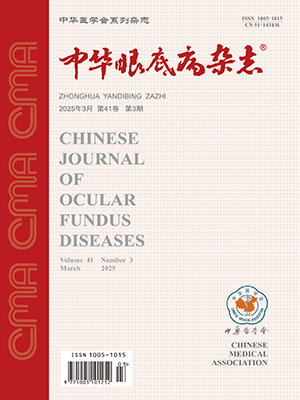Purpose To explore the role of scanning laser tomography in the assessment of macular hole surgery. Methods Fifteen eyes of 14 patients with macular holes underwent scanning of their affected macular area using the Heidelberg retina tomograph (HRT). The significance of topographic changes postoperatively were determined in eleven eyes which received vitrectomy surgery. The scan field was set at 15°of the retina and the depth was set to 1.5 mm or 2.0 mm. All the measurements were taken for 3 times and the average value of the 3 measurements was used. Results The average hole area was (0.499±0.34) mm 2 and the maximal depth of the hole was (0.284±0.11) mm. Topographic difference analysis of the eleven eyes showed a significant reduction in the height of the retina after vitrectomy. The maximal depth of the hole was (0.063±0.04) mm postoperatively. Conclusion Scanning laser tomography provides an objective evaluation of the anatomic outcome of the macular hole surgery. (Chin J Ocul Fundus Dis, 2002, 18: 125-127)
Citation: CHANG Qing,ZHAO Peiquan,SHEN Yin,et al. Morphological assessment of macular hole surgery by scanning laser tomography. Chinese Journal of Ocular Fundus Diseases, 2002, 18(2): 125-127. doi: Copy
Copyright © the editorial department of Chinese Journal of Ocular Fundus Diseases of West China Medical Publisher. All rights reserved




